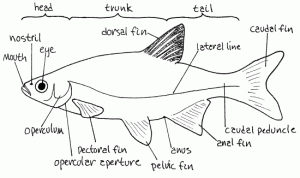Staying safe at the beach this summer can mean more than just applying liberal amounts of sunscreen. If you are going to be visiting the southeastern United States you may want to try the ‘stingray shuffle’ to avoid a venomous injection from a stingray. A stingray’s main defense is it’s barb which they arc up over their backs and strike in a manner similar to scorpions. Stingrays are docile creatures and do not want to use this defense tactic. Since stingrays are found mostly on the ocean floor it is best to drag your feet lightly and do the ‘sting ray shuffle’ to warn stingrays that you are approaching. If you do get jabbed, hot water can help in the short term. But it is best to seek professional medical attention.
Here is a video from the National Geographic YouTube Channel to teach you some more about stingrays.












What people are saying …